10 African wildlife fun facts to spark your next soul-filled safari
Africa’s wild places are alive with stories. From the thunder of hooves across the savannah to the rustle of leaves in ancient forests, each sound carries a history—and a heartbeat. But for many conscious travelers, the wonder goes beyond the safari truck. It’s about connection, responsibility, and reverence. So whether you're preparing for your first journey to Tanzania or simply curious about the creatures who call this land home, these wildlife facts are for you.
At Mang'ola Life, we believe in more than just wildlife watching—we believe in listening. We’re a sustainable safari company in Tanzania rooted in community, conservation, and curiosity. If you’re seeking a journey that transforms you—and supports the land and people you visit—you’ve come to the right place.
What are some interesting facts about Africa's wildlife?
Africa’s wild spaces are more than landscapes—they're living classrooms where each creature teaches us something about resilience, interconnection, and survival. These aren’t just fun facts—they’re invitations to observe more mindfully and engage more meaningfully.
1. Elephants grieve, remember, and lead with wisdom
Elephants don’t just travel—they carry memory in every step. Led by matriarchs, elephant herds follow ancient migration routes passed down through generations. These wise leaders recall the location of distant waterholes, hidden during droughts, and guide their families with calm authority.
But elephants are not only strategic—they’re deeply emotional. They’ve been observed mourning their dead, lingering near the bones of lost ones, gently touching them with their trunks in gestures of quiet reverence. Their social bonds are strong, and their grief is shared.
In their presence, we’re reminded that intelligence isn’t just logic—it’s also empathy. Elephants invite us to rethink what leadership looks like: rooted in memory, guided by care, and connected by love.
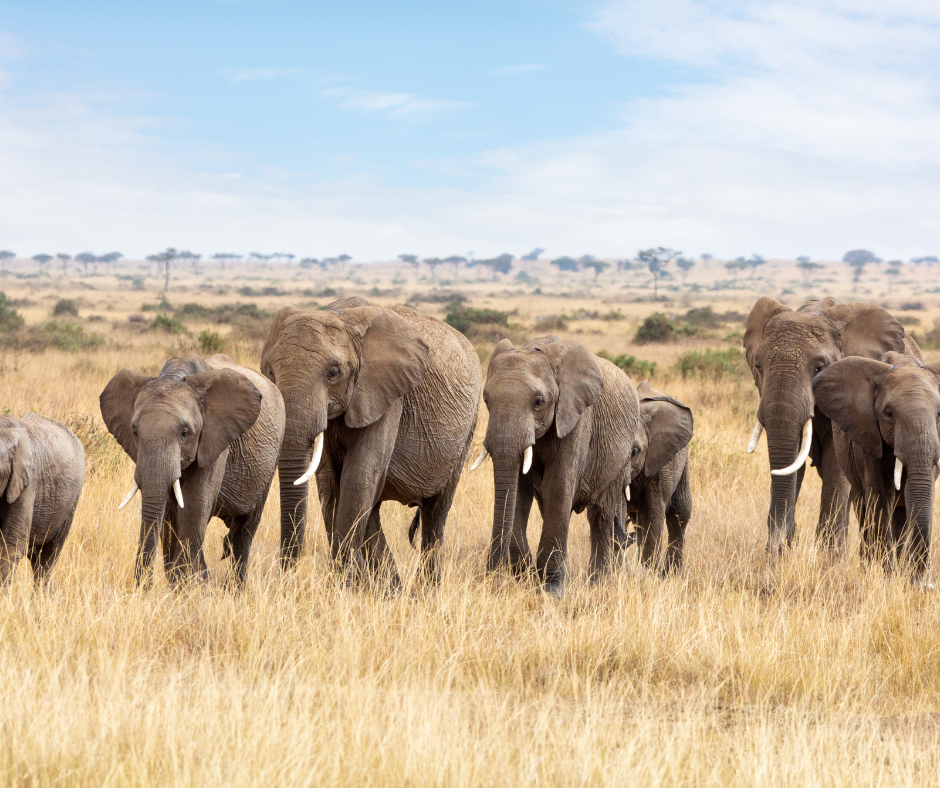
2. Pangolins are the world’s most trafficked mammal—and most misunderstood
With scales made of keratin and a gait that resembles a whispered dance, pangolins are silent protectors of balance. Consuming up to 70 million ants and termites a year, they keep insect populations in check and protect crops naturally. Yet despite their ecological importance, they’re at the center of illegal wildlife trafficking. To protect pangolins is to protect entire ecosystems—and to honor a life that rarely asks for attention, but always deserves protection.

3. Giraffes hum to each other at night
By day, giraffes seem nearly silent. But when the sun disappears and the plains grow quiet, they hum—low, resonant sounds that ripple through the darkness. It’s how they stay close, connected, even in rest. It’s a lullaby of presence. A reminder that even in stillness, there can be conversation.

4. Hyenas are matriarchal—and deeply misunderstood
Often cast as villains, spotted hyenas live in female-led clans where social cooperation defines survival. Their complex vocalizations rival primates in variety, and their laughte signals age, rank, and emotional state.
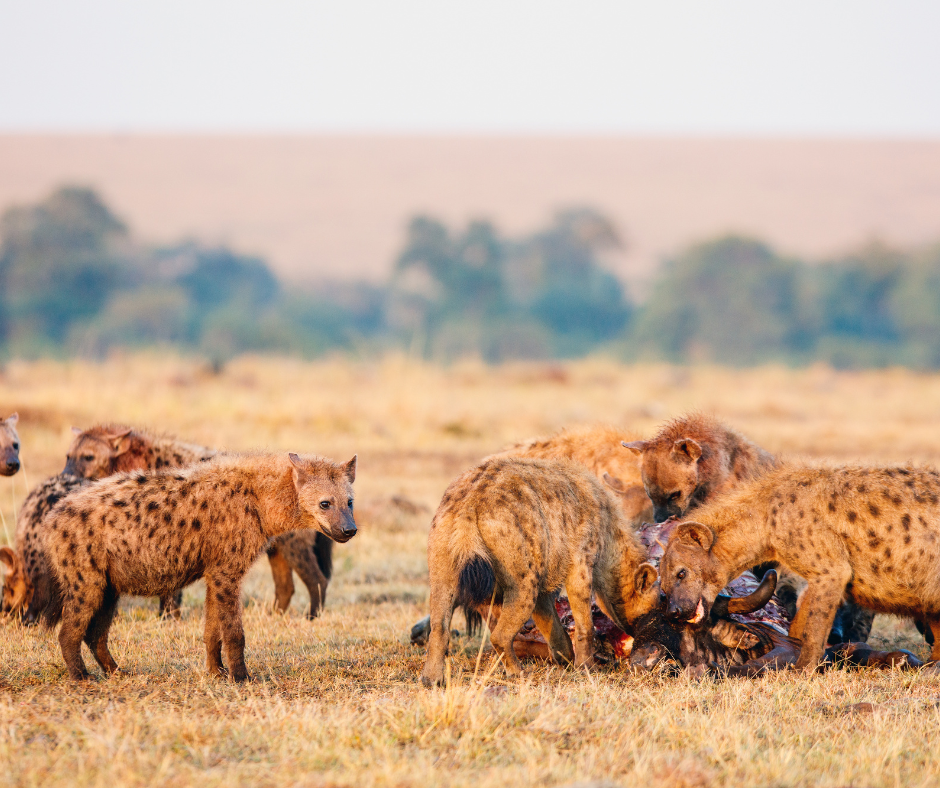
5. African wild dogs vote—with sneezes
Before a pack hunts, they “vote” on whether to go by sneezing. The more sneezes, the more likely the group is to move. It’s democracy in motion—one that respects collective rhythm over hierarchy.

6. Crocodiles are ancient guardians of freshwater ecosystems
Crocodiles have roamed Earth for over 200 million years, quietly regulating rivers and wetlands. Their role is keystone: controlling fish populations, maintaining balance, even aerating soil with their nesting behavior. They’re not just predators—they’re protectors. Timeless witnesses to the dance of evolution, still holding space for balance.
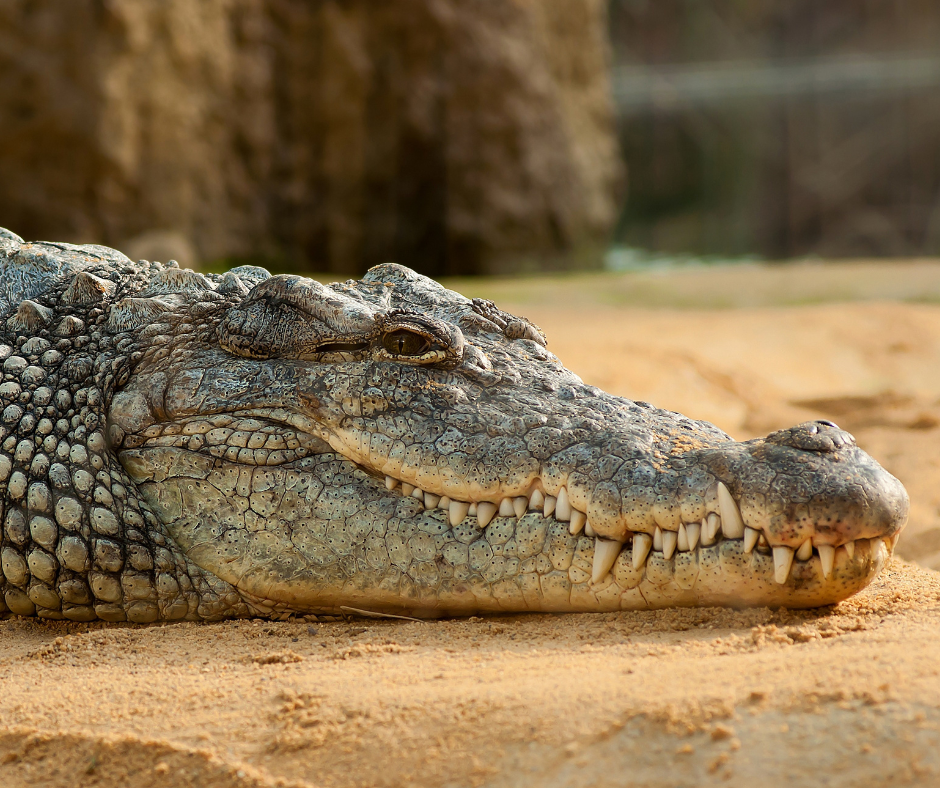
7. Hornbills mate for life—and raise young as a team
These colorful birds seal the female inside a tree cavity using mud and food remains, leaving only a narrow slit through which the male delivers nourishment. She stays inside for weeks, incubating the eggs and later caring for the chicks, completely reliant on her partner’s dedication. This extraordinary behavior is more than just survival—it’s a ritual of trust, partnership, and purpose. It reflects a deep, instinctual commitment to co-parenting and protection, reminding us that some of nature’s strongest bonds are built in silence and sacrifice.

8. Dung beetles use the Milky Way to navigate
Yes, really. These tiny recyclers may seem insignificant, but they’re among the few non-human creatures known to use the stars for orientation. At night, dung beetles climb on top of their dung ball, take a “snapshot” of the sky, and roll in a straight line—guided by the glow of the Milky Way. This cosmic compass helps them move efficiently and avoid circling back to competitors. Even the smallest creatures hold celestial wisdom, reminding us that nature’s intelligence doesn’t depend on size—it depends on connection.
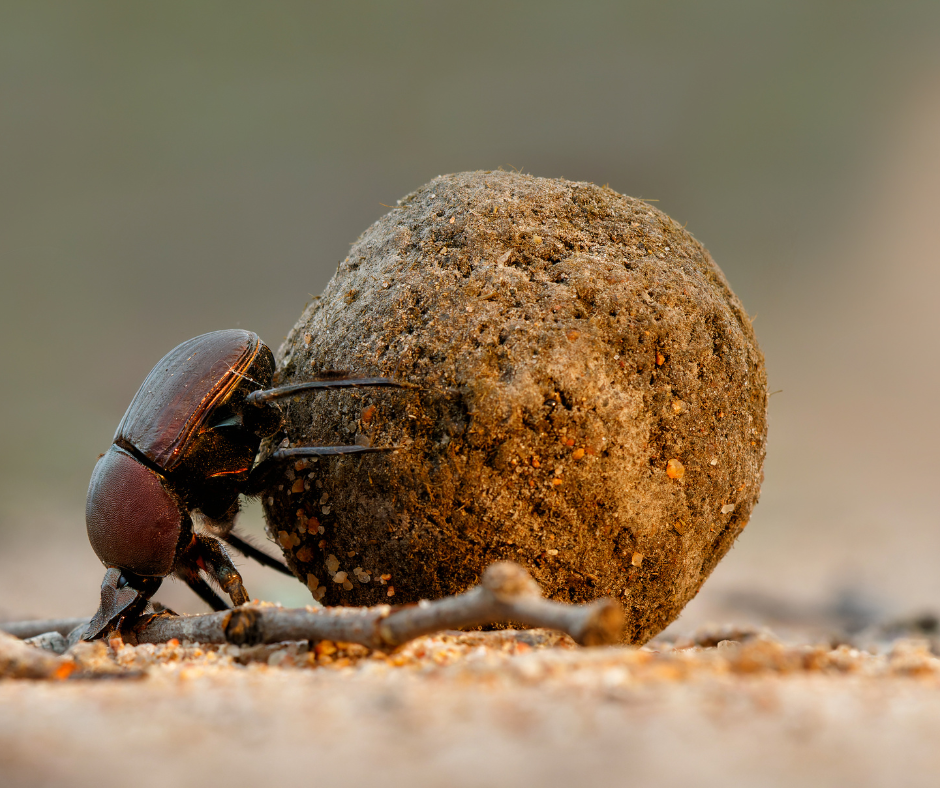
9. Zebras’ stripes are like fingerprints
No two zebras share the same stripe pattern—each one is as unique as a fingerprint. But these bold designs aren’t just beautiful; they serve multiple purposes in the wild. Scientists believe stripes help regulate body temperature, repel biting insects like tsetse flies, and create optical illusions that confuse predators during a chase. In a herd, the blur of stripes makes it hard to single out an individual. For zebras, stripes are more than decoration—they’re survival tools woven into their very identity. Nature’s patterns, it turns out, are never random.
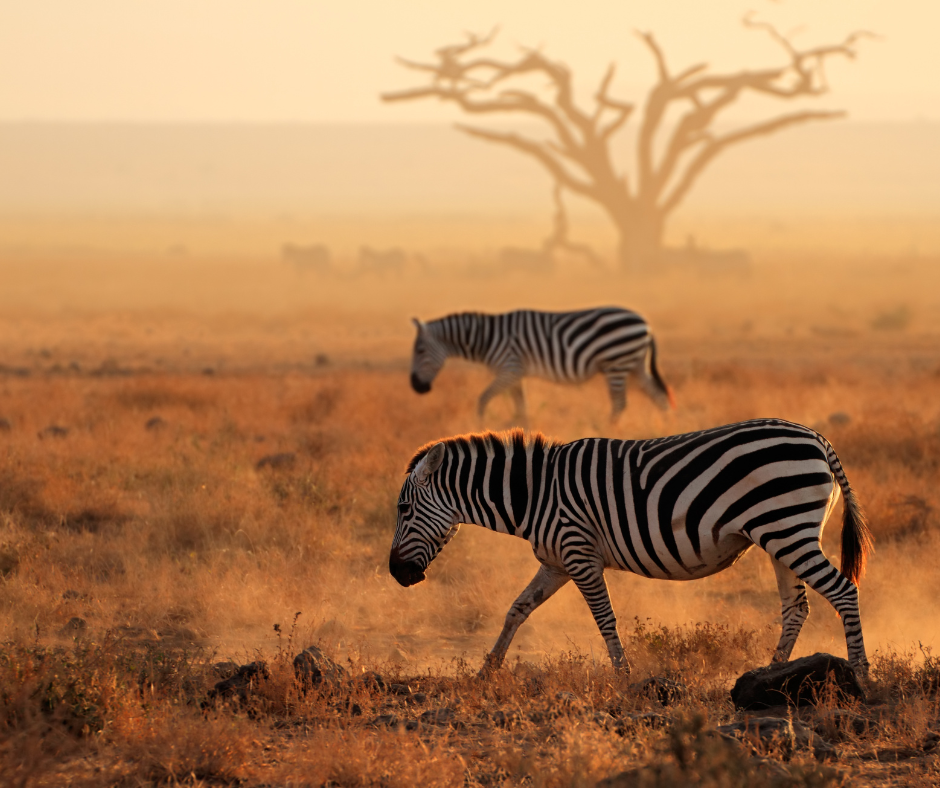
10. Buffaloes remember human kindness—and betrayal
Stories from Maasai herders and conservationists reveal that buffaloes have long memories, especially regarding past treatment. Respect shown leads to non-aggression. Disrespect? They don’t forget. A humbling reminder that reciprocity matters.
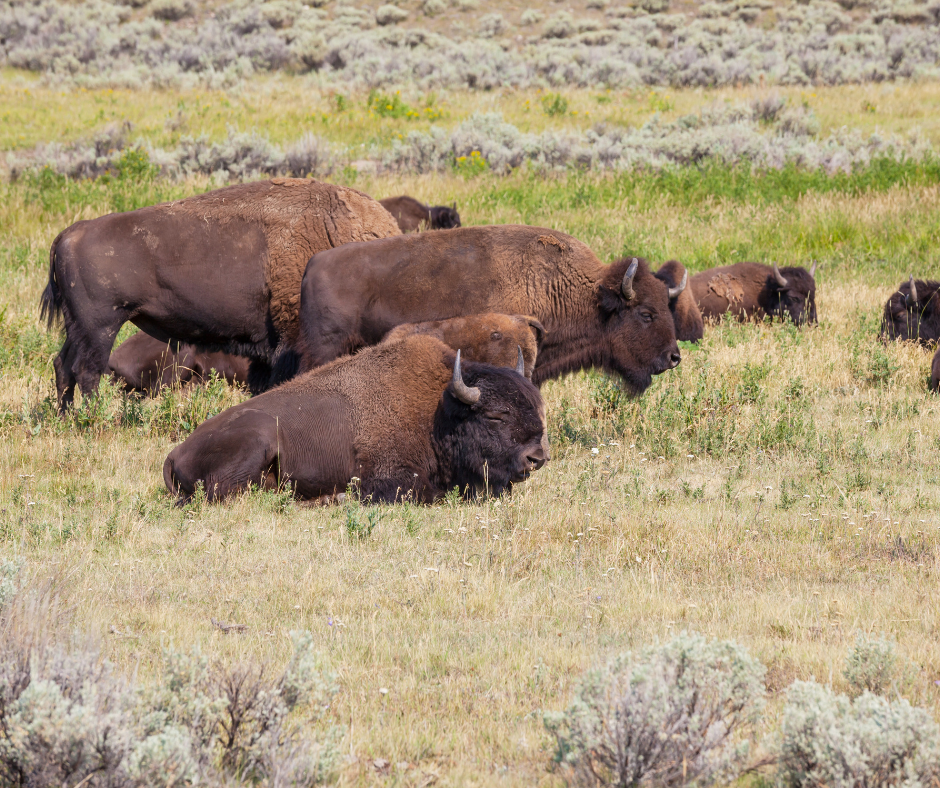
What are the most common wildlife animals that live in Africa
African wild dog
Known for their vibrant, patchwork coats and highly social nature, African wild dogs live in tight-knit packs that care deeply for one another. Unlike many predators, they prioritize feeding the young and injured first. Watching them reminds us that community and cooperation are the wild’s most powerful survival tools.
They also communicate through chirps and high-pitched twitters—an almost bird-like language that coordinates their team strategies. Their hunting success rate is among the highest of any predator, due to their loyalty and coordination.
Hippopotamus
Though they spend most of their days submerged, hippos shape freshwater ecosystems with their grazing patterns and nutrient cycles. They're often misunderstood as lazy or docile, yet they hold immense power—both physically and ecologically.
Their unique amphibious lifestyle supports riverbank health and impacts aquatic biodiversity. Hippos also mark territory with tail-swirled dung, a fascinating behavior that contributes to nutrient distribution.
Giraffe
Graceful and quiet, giraffes communicate through low-frequency sounds below the range of human hearing. They form strong female-led social groups and can see vast distances across the savannah, acting as early-warning sentinels for other wildlife.
Their tongues can reach up to 18 inches and are tough enough to strip thorny acacia trees. Giraffes only sleep about 30 minutes a day—standing up—because their height gives them safety, but not full rest.
Lion
More than kings of the jungle, lions are caretakers of balance. Living in prides led by females, they teach us about matriarchy, teamwork, and the fierce protectiveness that comes from deep bonds. A lion’s roar can be heard up to 8 kilometers away—an ancient call of strength and territory.
Lions also rest up to 20 hours a day, conserving energy to lead and protect. Cubs are raised communally, with lionesses sharing nursing responsibilities.
African buffalo
Resilient and fiercely loyal, buffaloes live in herds where elders lead and protect the group. They’ve adapted to survive drought, predator threats, and disease. Their power lies in unity—and their gaze can feel deeply ancestral.
Buffaloes are known to mourn lost members and even return to the bones of the dead. Their horns, fused at the base, create a bony shield—a symbol of both strength and solidarity.
African civet
Often spotted at night, civets are elusive, cat-like mammals that play a vital role in seed dispersal and ecosystem health. They’re also tied to cultural stories about shadow and mystery—how not everything wild is meant to be seen.
Civets have a unique scent-marking ability, once exploited for perfume production. Their omnivorous diets help maintain balance in forest floors and understories.
Gorilla
Primates like gorillas remind us of our deep evolutionary connections. In Rwanda and Uganda, gorilla trekking supports both conservation and local communities. These gentle giants live in family groups and express emotions from joy to grief.
Gorillas construct new nests each night—on the ground or in trees—and spend their days foraging and grooming. Watching them closely reveals laughter, play, and even mourning rituals.
Cheetah
The fastest land animal on earth, cheetahs are also incredibly fragile. Their slender bodies and small gene pool make them vulnerable. Yet they move with grace, choosing their battles and conserving energy wisely.
Cheetahs rely on vision more than smell, using daylight hunting to their advantage. Unlike other big cats, they purr when content and don’t roar. Their claws don’t retract—giving them traction, like cleats.
Elephant
Elephants are memory keepers, ecosystem engineers, and emotional beings. They mourn their dead, recognize old friends, and shape forests by knocking down trees that let sunlight reach new growth. Their footprints are paths for smaller animals.
Elephants communicate through subsonic rumbles and foot vibrations that can travel for kilometers. Matriarchs lead with wisdom passed down over generations.
Leopard
Leopards are solitary, secretive, and strong. Masters of camouflage, they remind us that power isn’t always loud. They live in the shadows and move with stealth, teaching travelers to look beyond the obvious.
A leopard can carry prey heavier than itself into a tree to avoid scavengers. Their unique rosette markings make each one distinct, like fingerprints.
Snakes
Often misunderstood or feared by local communities, snakes in Tanzania include both venomous and non-venomous species. While they can pose real risks, especially in rural areas, they also play a critical ecological role by controlling pests and maintaining balance in the food chain. At Meserani Snake Park near Arusha, visitors can learn about these remarkable reptiles in a safe and educational setting. Snakes remind us that even nature’s quietest creatures can hold deep wisdom—and that fear often comes from what we don’t yet understand.
Why is Africa known for its wildlife?
Africa is home to the oldest ecosystems on earth—and the richest concentration of large mammals. From the Serengeti to the Okavango Delta, its landscapes pulse with life. These animals are not “attractions.” They’re part of a living web that includes indigenous communities, ancient migration routes, and traditional ecological knowledge.
Wildlife in Africa carries stories that stretch back millennia. Respecting them means understanding their place in the land—and in culture.
Hotels near African safari wildlife park: where heart meets habitat
Choosing where you stay in Tanzania can be just as meaningful as where you explore. These eco-conscious lodges not only offer comfort and immersion in nature—they also prioritize conservation, community, and low-impact travel.
Singita Sasakwa Lodge
Set in the Grumeti Reserve, this elegant hilltop lodge combines old-world luxury with a deep commitment to conservation. Singita supports anti-poaching initiatives, wildlife research, and local education programs—making your stay a contribution to long-term sustainability.
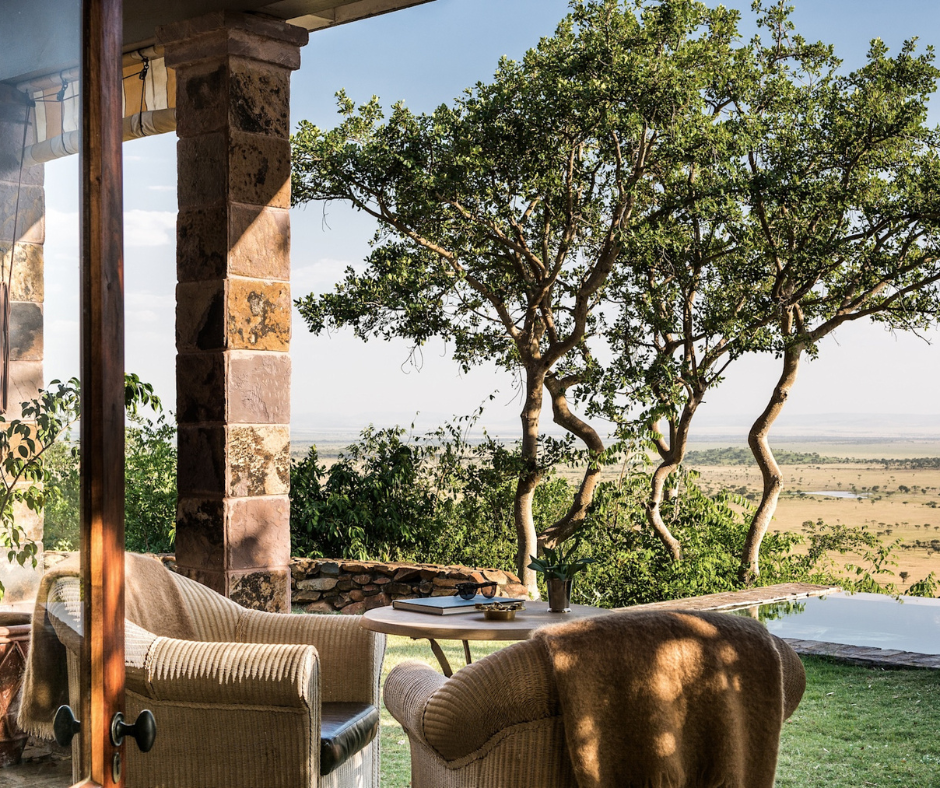
Usangu Expedition Camp
Located in the remote Ruaha National Park, this camp is a model for low-impact tourism. Its solar-powered infrastructure and focus on scientific research give guests a chance to engage with real conservation work in one of Tanzania’s wildest ecosystems.

Fundu Lagoon
Accessible only by boat, this eco-chic lodge on Pemba Island is committed to protecting marine biodiversity. With a strong focus on reef conservation and community partnerships, Fundu Lagoon is a secluded paradise where barefoot luxury meets ocean stewardship.

Laba Jongomero
Tucked away in Ruaha National Park, Jongomero offers total seclusion and harmony with nature. The lodge is solar-powered, constructed with natural materials, and designed to leave no trace. It’s ideal for travelers who seek intimacy with the wilderness while respecting its rhythms.

Are you thinking about planning a trip to discover more African wildlife up close?
Let it be more than a checklist. Let it be a conversation.
Ask yourself:
- What do I want to learn—not just see?
- How can my presence support—not disrupt—local efforts?
- What stories will I carry home, and how will I share them?
At Mang'ola Life, we design sustainable safaris that put community, conservation, and connection at the heart. Whether you're tracking elephants in Tarangire or learning traditional stories under baobab trees, your journey becomes part of something bigger.
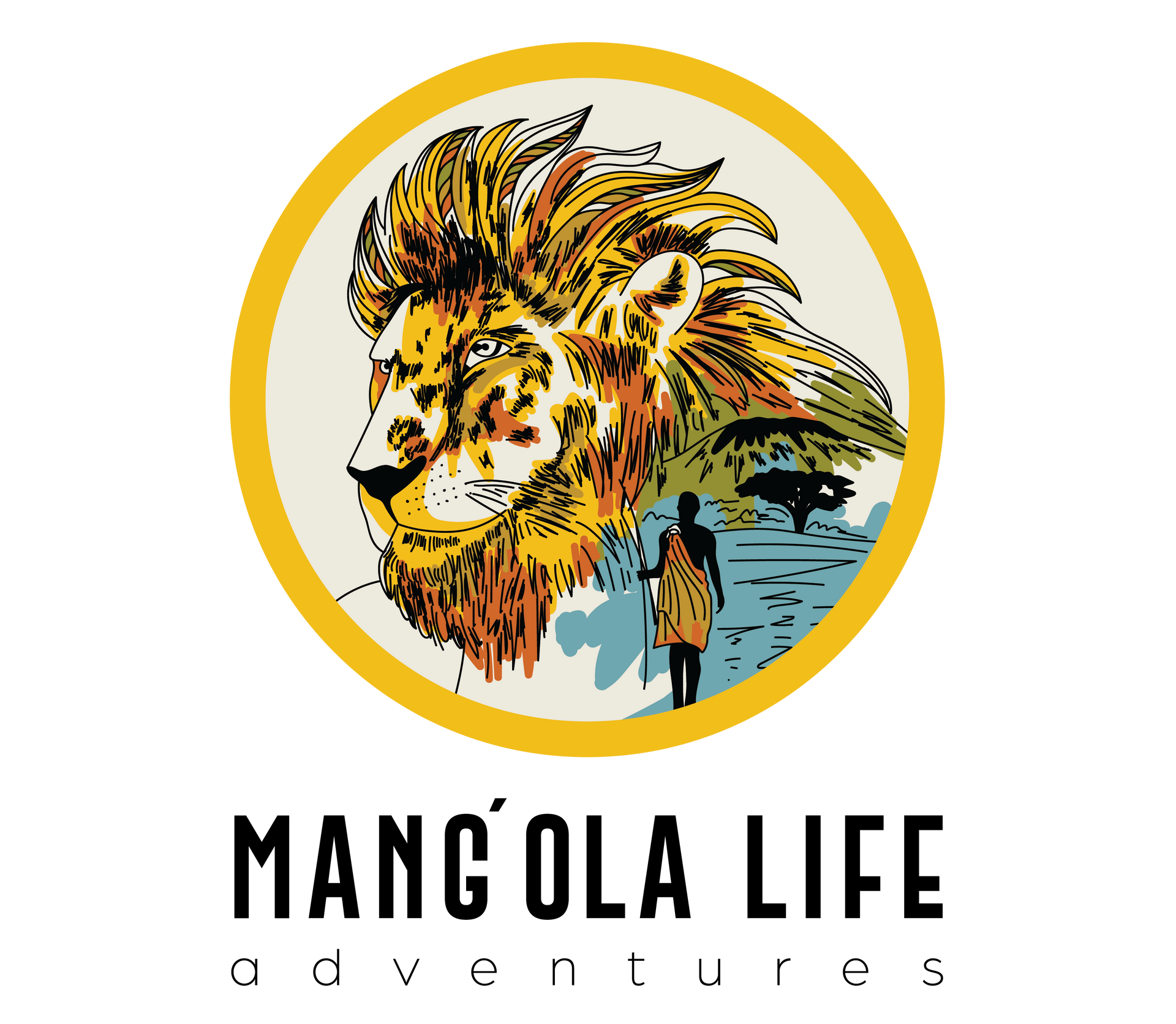
Welcome to Mang'ola life we are a sustainable safari company located in the heart of Tanzania, Africa. Plan your next adventure with us.






